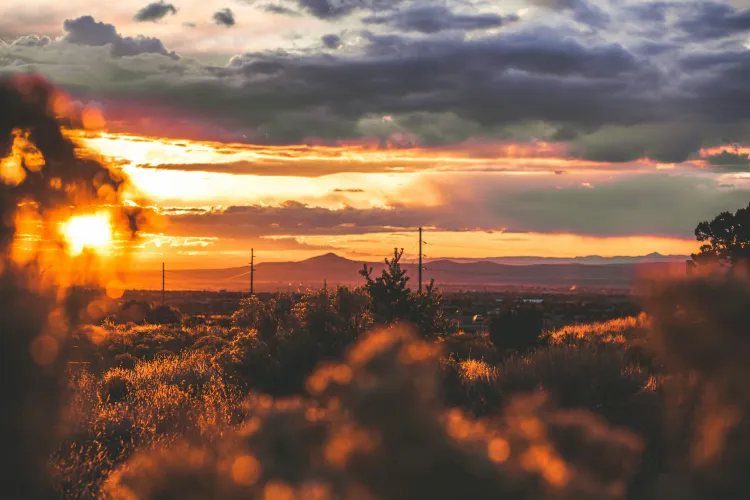What Are 6 Facts About Yosemite National Park
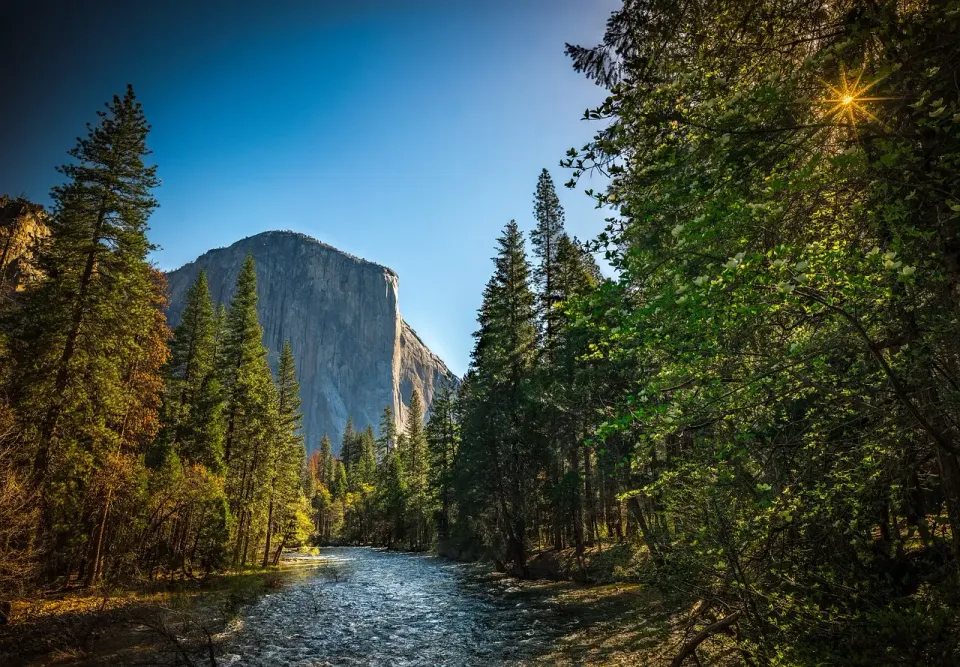
A hidden treasure in the Sierra Nevada mountains of California, Yosemite National Park provides tourists with beautiful scenery, amazing hiking choices, and a strong sense of connection to nature. These six facts about Yosemite can help you better understand the park's significance, history, and natural beauty—whether you're thinking about visiting or are just inquiring about it. You're in for an experience if you enjoy the outdoors, adventure, or just want to learn more about one of the most stunning locations in all of America! Let's look deeper at what makes Yosemite such a unique place.
1. Yosemite Is Home to North America's Highest Waterfall
Let's begin with the stunning waterfalls of Yosemite. Yosemite Falls is the most well-known waterfall in the park, though there are several others. Climbing to a staggering 2,425 feet, it is the highest waterfall in North America. It's an unforgettable sight to witness the water falling from such a height, if you were to stand at the foot and stare up.
The Different Sections of Yosemite Falls: It could amaze you to learn that Yosemite Falls is divided into three parts. Each segment has a distinct personality and enhances the waterfall's overall excitement. The tallest portion, known as the Upper Fall, is the one shown in the well-known Yosemite photos. It's an impressive sight, with a drop of 1,430 feet. The Middle Cascades are a set of minor waterfalls that fall an additional 675 feet below the Upper Fall. The remaining 320 feet of water ultimately flows to the valley floor by the Lower Fall. While every aspect of Yosemite Falls is beautiful on its own, taken as a whole, they produce an amazing sight that draws tourists from all over the world.
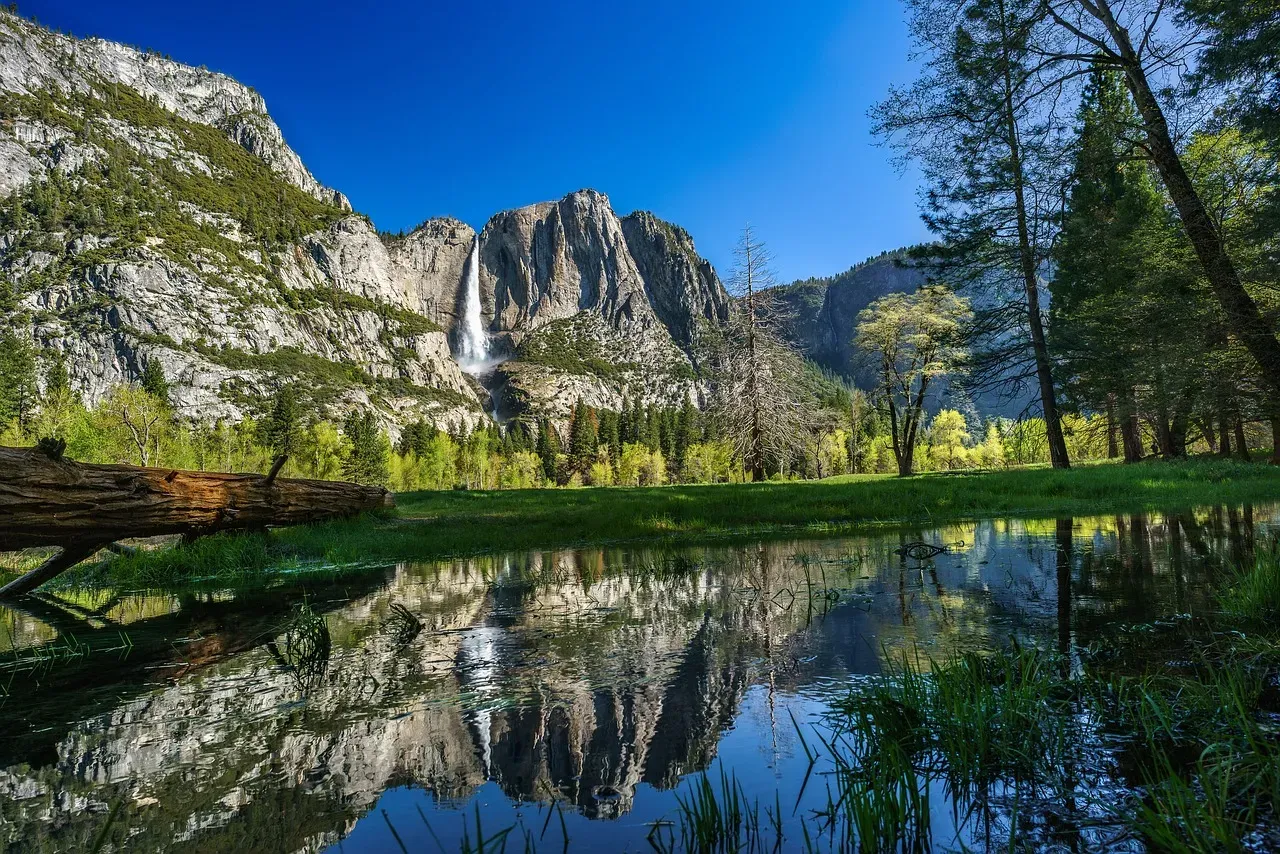
It could amaze you to learn that Yosemite Falls is divided into three parts. Each segment has a distinct personality and enhances the waterfall's overall excitement. The tallest portion, known as the Upper Fall, is the one shown in the well-known Yosemite photos. It's an impressive sight, with a drop of 1,430 feet. The Middle Cascades are a set of minor waterfalls that fall an additional 675 feet below the Upper Fall. The remaining 320 feet of water ultimately flows to the valley floor by the Lower Fall. While every aspect of Yosemite Falls is beautiful on its own, taken as a whole, they produce an amazing sight that draws tourists from all over the world.
What’s the Best Time to See Yosemite Falls? Plan a journey to Yosemite Falls in the spring or early summer to take in the views at their finest. The waterfall screams with power in late spring when the snow melts because it gets its nourishment from the neighboring mountains' melting snow. The water flow falls down by late summer, and in particularly dry years, the falls may dry up totally. If you are traveling later in the year, don't panic; there is still enough to see and do, and the amazing granite cliffs and other natural beauties are breathtaking throughout the year.
Take a Walk to Lower Yosemite Falls: The simple walk to Lower Yosemite Falls is an ideal option for a quick and family-friendly trip. You can go directly to the base of the waterfall on this less than a mile long hike. The sound of the flowing water, the feeling of cool mist on your face, and a close-up view of the cascade await you as you approach. You may fully appreciate Yosemite's grandeur and majesty without having to trek a demanding, prolonged trail.
2. For rock climbers, El Capitan is the ultimate challenge
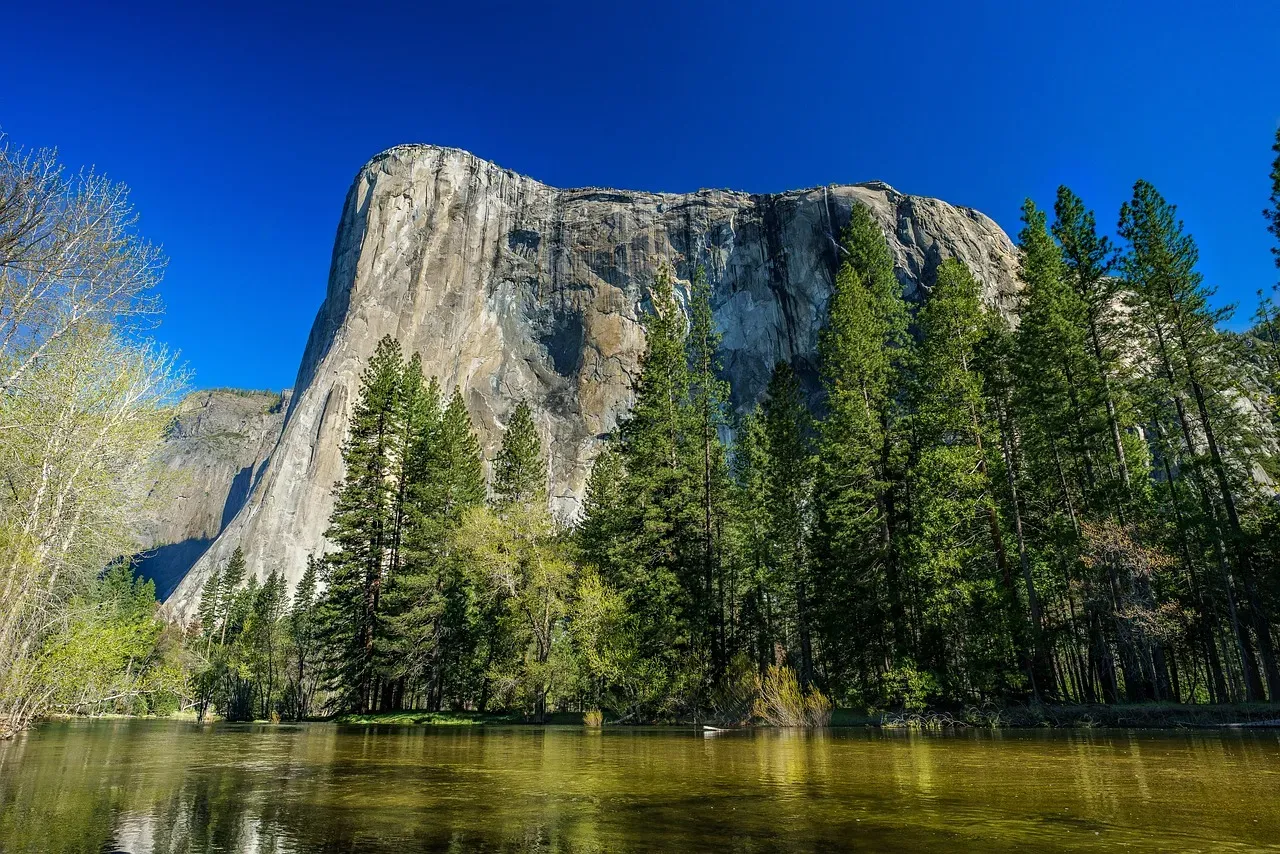
El Capitan is going attract you if you've ever been fascinated with tales of incredible human achievement. Being one of the most well-known rock-climbing locations worldwide, this massive granite rock is approximately 3,000 feet tall from base to top. It's difficult to remain indifferent when you first see this enormous vertical rock wall, even if you're not a climber yourself.
Climbers’ Dream: El Capitan is more than just a large rock; for rock climbers, it is a known obstacle. Climbers from all around the world have been coming to Yosemite for decades to attempt to ascend this vertical cliff. Climbers even spend the night in tiny tents called portaledges on the edge of the cliff, as some of the routes are so challenging that they can take days to finish! Some of these fearless explorers may be visible to you as they cautiously climb El Capitan's face using ropes, harnesses, and laser-like focus.
A Historic Climb: On El Capitan in 2017, one of the most well-known achievements in rock climbing history occurred. Renowned climber Alex Honnold accomplished something that most of us can hardly realize: he scaled El Capitan without the use of any ropes or safety equipment. Free solo climbing, a phenomenon that captured the attention of the globe, was featured in the Academy Award-winning film Free Solo. Anyone would get thrills seeing Honnold scale El Capitan with just his bare hands and feet. It's a tale of strength, talent, and the will to challenge accepted human limits.
Best Places to View El Capitan: El Capitan is beautiful even if you don't climb it. Yosemite Valley's Tunnel View, a beautiful overlook offering an incredible view of El Capitan, Half Dome, and Bridalveil Fall, is one of the greatest spots to see this famous rock formation. El Capitan Meadow, where the granite colossus looms over the valley bottom, is another fantastic location to snap pictures of El Capitan. If you have a set of binoculars, you may be able to see climbers making their way up the steep face!
3. There Is Rich Native American History in Yosemite
Yosemite National Park is home to rich cultural history in addition to stunning natural scenery. Native American groups, especially the Ahwahneechee, called Yosemite home long before it was designated as a national park. Yosemite Valley's history has a connection with the Ahwahneechee people, who have inhabited the area for thousands of years.
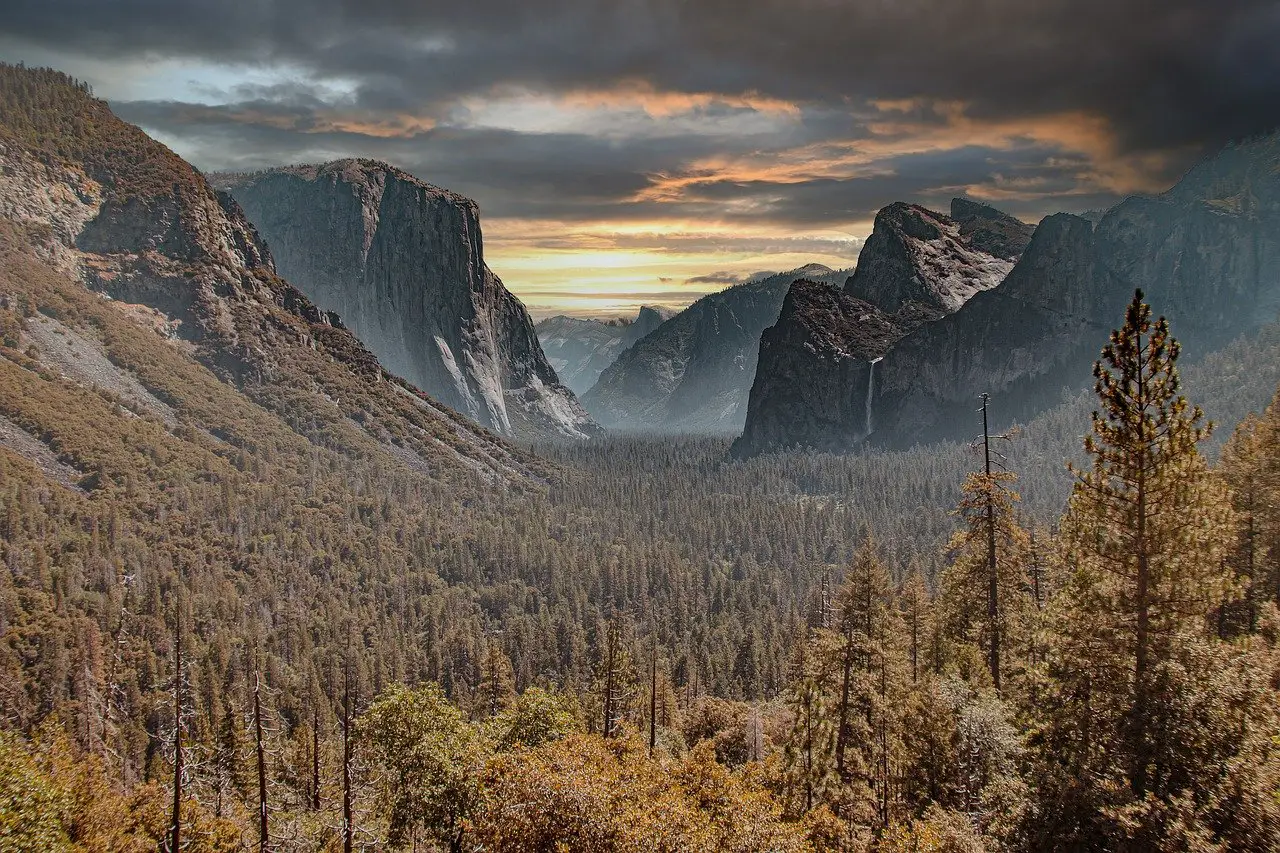
The Ahwahneechee’s Connection to the Land: Hunter-gatherers who lived together peacefully with nature were the Ahwahneechee people. They were reliant on the resources of the area, going berry and acorn picking, fishing in the rivers, and hunting deer and rabbits. The Ahwahnee, which means "gaping mouth," valley was considered sacred by the Ahwahneechee. They have strong cultural and spiritual ties to several of the park's popular sights, including El Capitan and Half Dome.
Discover the Culture of Native Americans: Near the visitor center is the Yosemite Museum, a great place to start if you're interested in learning more about Yosemite's Native American history. With its exhibits of traditional basket weaving, tools, clothing, and other artifacts, the museum provides a fascinating look into the way of life of the Ahwahneechee people. Additionally, you can go to yearly cultural festivals and demonstrations that showcase traditions and abilities that have been passed down through the ages.
Cultural Preservation: The tradition of the Ahwahneechee and other Native American tribes continues to be honored at Yosemite National Park. You may even take part in special activities that honor the rich history and culture of Yosemite's original occupants, as the park strives to safeguard Native American sites and customs. The Ahwahneechee lived in harmony with the land long before it was designated as a national park, and these activities let you appreciate that more.
4. Yosemite’s Giant Sequoias Are Among the Largest and Oldest Living Things on Earth
Among Yosemite's finest attractions is the Giant Sequoias. Some of these old trees are almost 3,000 years old, making them incredible examples of the wonders of nature. It's difficult to remain silent in the face of a gigantic sequoia's stunning size and age when you're standing next to one.
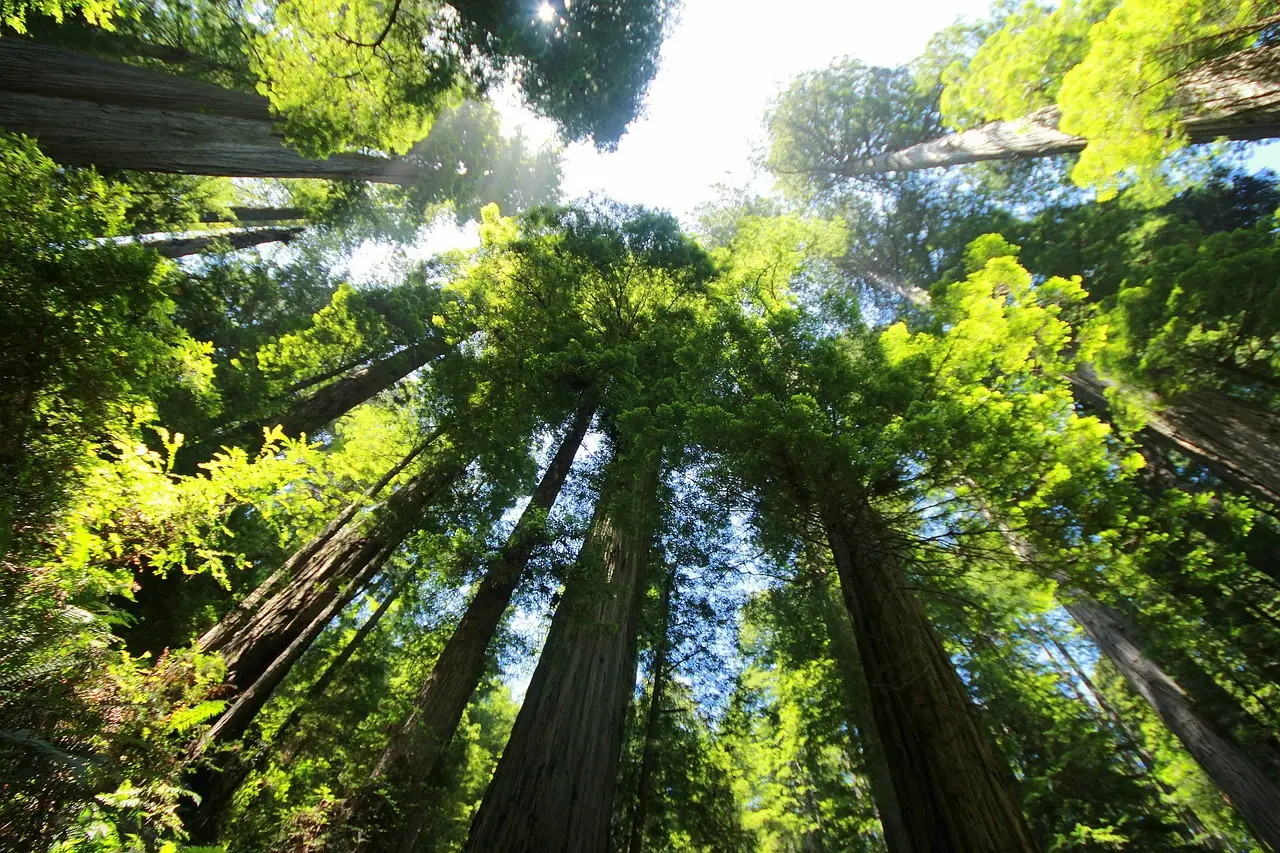
The Majesty of the Giant Sequoias: One of the largest living objects on the earth are the giant sequoias found in Yosemite's Mariposa Grove. These trees have trunks that are more than 20 feet in diameter and can reach heights of over 300 feet. An estimated 1,800 years have passed since the Grizzly Giant, the largest of them all, lived. It is humblering to consider the vast amount of history and events that have transpired throughout this tree's lifespan.
Why Are Giant Sequoias So Big? The ability of the Giant Sequoia to adapt to its surroundings accounts for part of its massive size. Because of their thick, prickly bark, these trees are naturally fire resistant. Fire actually helps their multiplication by clearing the forest floor and allowing their seeds to germinate. Giant Sequoia seedlings can sprout and grow in the open space following a fire, unchallenged by other plants for sunshine and nutrients. These trees survived over time in part because of their capacity to recover from wildfires and even grow afterwards.
Visiting Mariposa Grove: Mariposa Grove, next to Yosemite's south gate, is the place to go to see these amazing trees for yourself. Get up close and personal with the giant sequoias by climbing one of the several pathways that weave through the grove. You may stroll through the California Tunnel Tree and the Grizzly Giant, two of the largest and oldest trees in the grove, on the Grizzly Giant Loop Trail, which is one of the most well-liked paths! Anybody visiting the park should not miss it—it's an incredible experience.
5. Yosemite Was the First Land Set Aside for Public Preservation
In the history of national parks in America, Yosemite has a unique place. It was the first piece of land that the federal government had ever set aside for preservation purposes, opening the door for the creation of the current national park system.
The Yosemite Grant: Under President Abraham Lincoln's signature, Yosemite Valley and the Mariposa Grove of Giant Sequoias were set aside for preservation in 1864, at the height of the Civil War. Land for the entire public's use and enjoyment was never before safeguarded by the federal government. Considering that the nation was then concentrated on industrialization and growth, it was a brave and revolutionary step. The concept that some natural treasures should be saved for future generations was, however, first introduced by the Yosemite Grant.
The Role of John Muir: American-Scottish naturalist and conservationist John Muir, who was captivated with the park's glory, is a significant character in Yosemite's past. Many people were moved by Muir's writings to see the value of maintaining the wilderness since he was a fervent supporter of the preservation of Yosemite and other natural regions. In 1890, Yosemite National Park was established as a result of his efforts. The "Father of the National Parks," as Muir is known today, has left a lasting legacy that continues to shape conservation initiatives globally.
Explore the John Muir Trail: Hiking part of the John Muir Trail, a long-distance path that passes through Yosemite, is an exciting way to follow John Muir's journey. Though the entire trail is 211 miles long, you don't have to travel it to fully appreciate its beauty. You may witness the wonder and inspiration that John Muir must have had upon first seeing Yosemite's wilderness, even with only a quick day trip on the John Muir Trail.
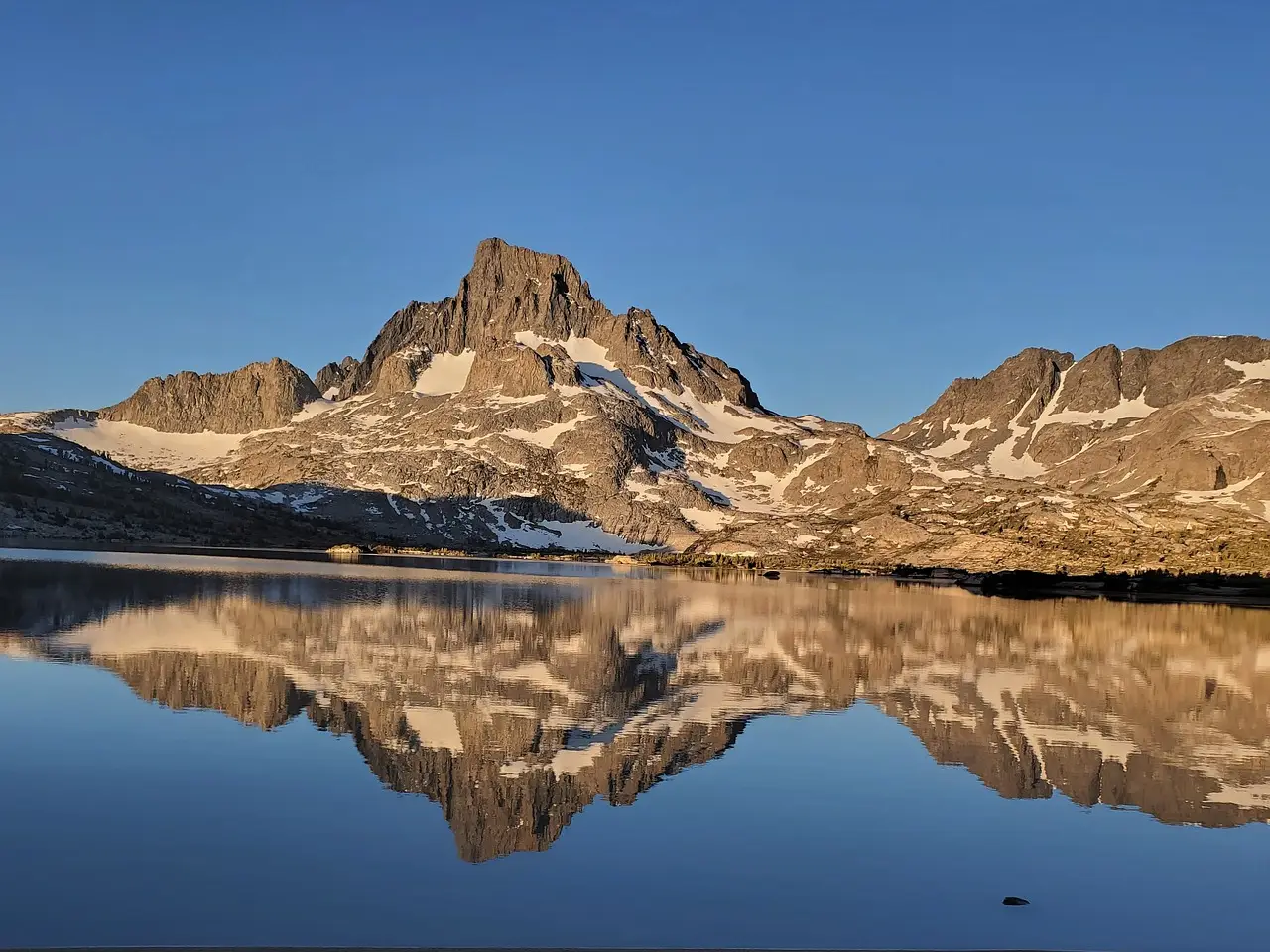
6. Yosemite Is a Stargazer’s Paradise
The beauty of Yosemite's daylight scenery gives way to the magnificent night sky when the sun sets, but the park's glory never goes away. Because to its high altitude, beautiful skies, and lack of light pollution, Yosemite is one of the greatest sites in California to see stars.
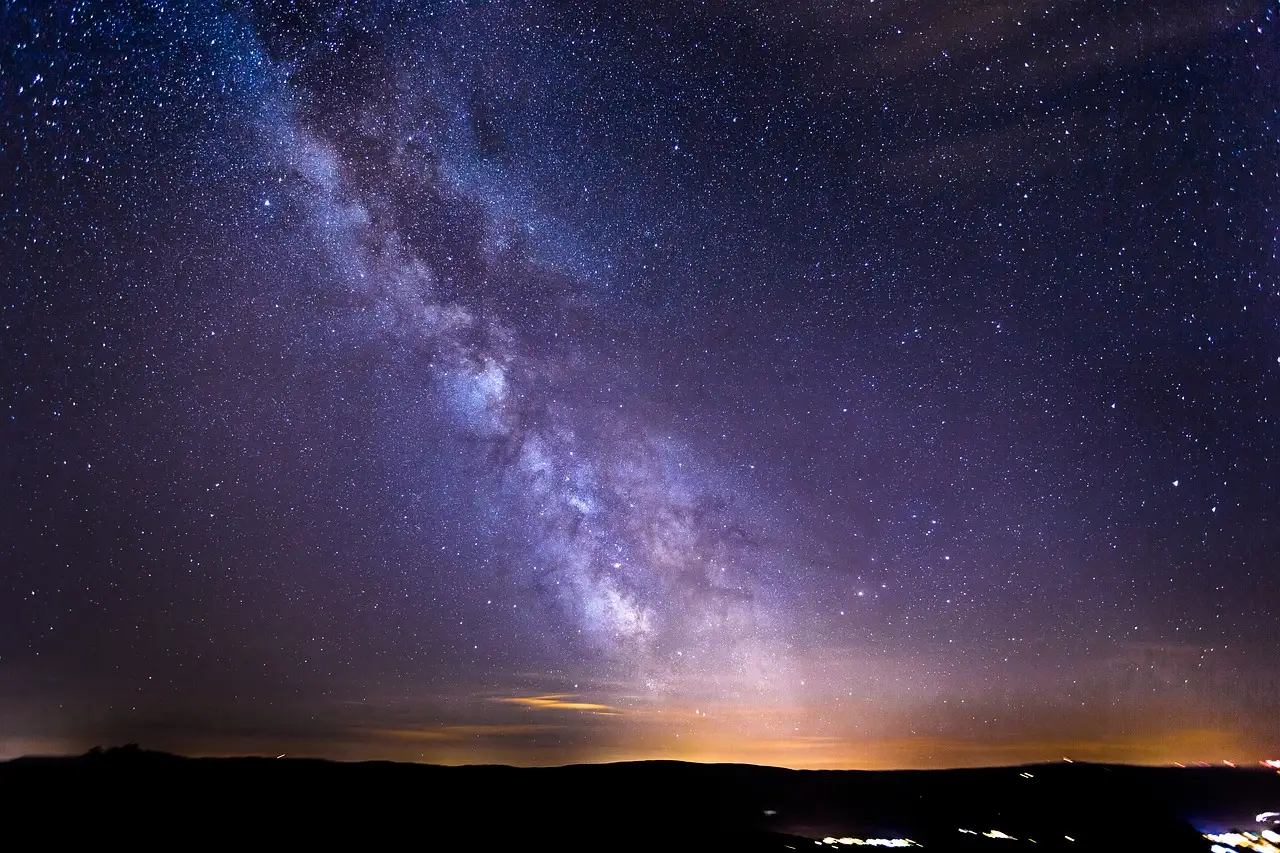
Why Yosemite’s Night Sky Is So Special? Yosemite's night sky is clear and brilliant, unlike most urban regions where light pollution from nearby cities drowns out the sight of stars. When the sky is clear, the Milky Way's shimmering band and thousands of stars can be seen above you. especially if you're from a city where it's usually difficult to view stars, it's a wonderful experience.
Best Spots for Stargazing: At more than 7,000 feet above sea level, Glacier Point is one of Yosemite's best locations for stargazing. In addition to amazing views of Half Dome and the surrounding peaks, the spot offers a panoramic view of the night sky. Yosemite frequently holds star parties at Glacier Point in the summer, when researchers and park rangers put up telescopes and give talks about the planets, clusters, and other celestial wonders. For guests of all ages, it's an entertaining and enlightening event.
Astrophotography in Yosemite: Yosemite National Park is a fantastic place for astrophotography if you're interested photography. Envision photographing the Milky Way sweeping over the heavens, with El Capitan or Half Dome appearing as silhouettes in the front. With the darkest skies during a new moon, this is the ideal time to take star photos. Bring a tripod, a wide-angle lens, and some patience; the end result will be well worth the work.
What to Bring for Stargazing: Bring warm clothes if you want to spend the night stargazing in Yosemite, as the temperature can drop quickly after sunset, especially at higher altitudes like Glacier Point. Snacks, a blanket, and binoculars will make your experience better. To maintain your night vision, don't forget to carry a red-filtered headlamp or flashlight!


